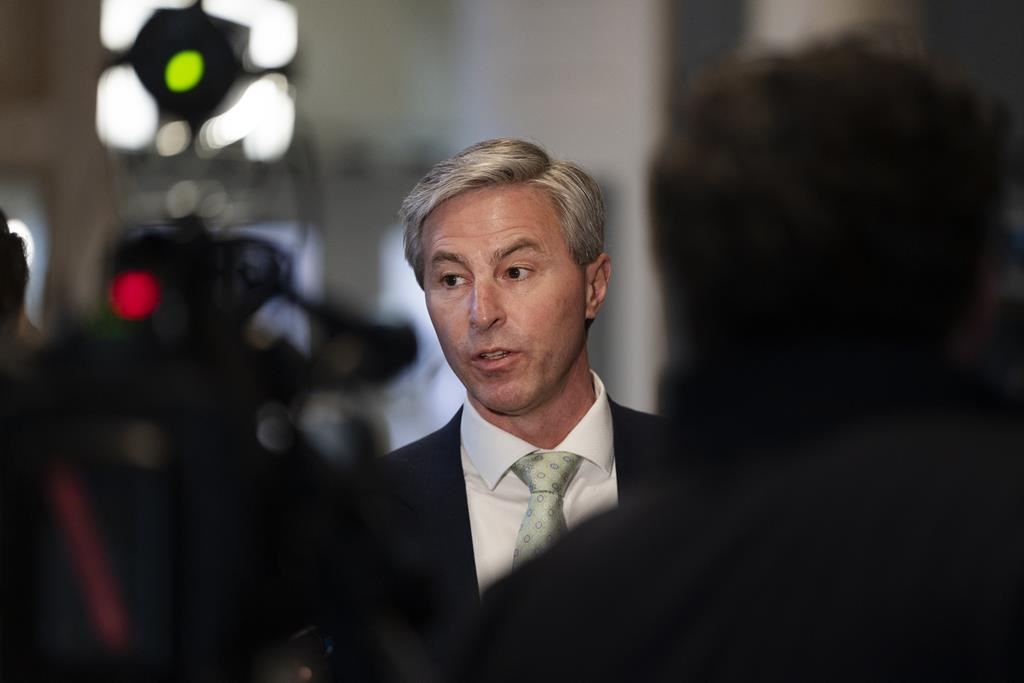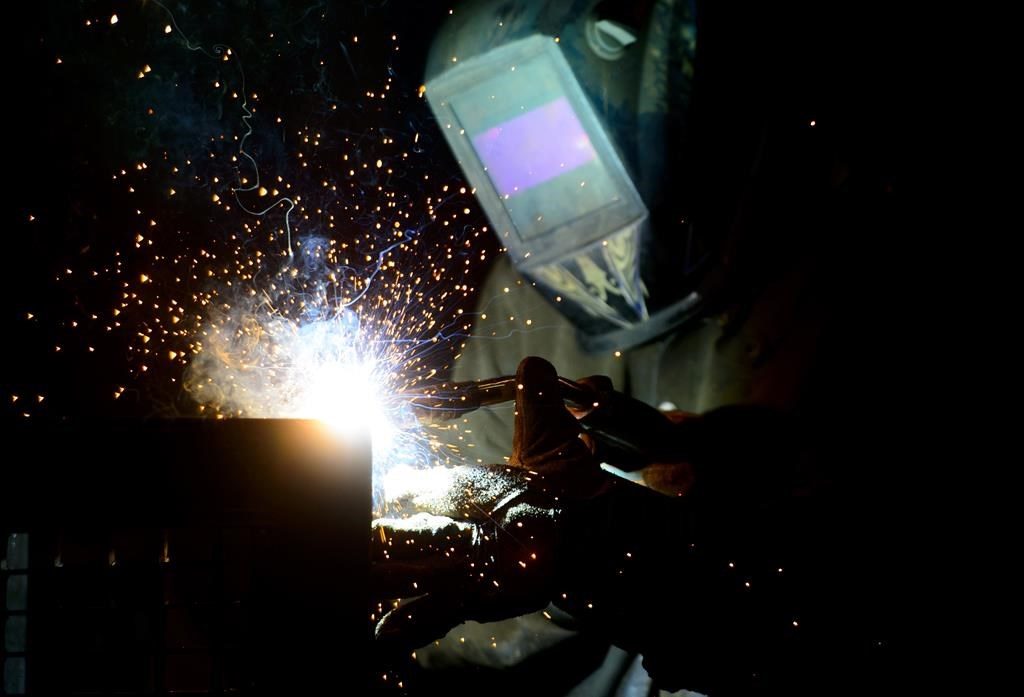Q&A: World Trade Organization’s role in US-China dispute
Posted Jul 16, 2018 02:31:03 PM.
Last Updated Jul 16, 2018 03:00:47 PM.
This article is more than 5 years old.
FRANKFURT – China is using the World Trade Organization as one of its weapons to fight back against the latest tariffs proposed by U.S. President Donald Trump.
Its complaint to the organization, which oversees global trade rules, comes less than one week after the U.S. government proposed 10 per cent tariffs on a $200 billion list of Chinese goods, to take effect in September at the earliest.
The Trump administration on Monday also said it is filing a challenge at the WTO against China, the European Union, Canada, Mexico and Turkey for tariffs they imposed against the U.S. in retaliation to earlier U.S. tariffs on steel and aluminum.
The moves put a spotlight on the WTO, a multinational forum that is based on rules, in contrast with Trump’s nationalistic approach that emphasizes country-to-country relationships.
Here’s a look at the WTO, and what its role will be in the trade tussle.
___
WHAT IS IT?
Launched Jan. 1, 1995 as the successor to the General Agreement on Tariffs and Trade, the WTO’s mission is to facilitate free and fair trade. It does that by establishing rules, settling disputes, and getting countries to talk to work out their differences. It is run by the governments of the 164 members through ministerial meetings at least once every two years, and by ambassadors and delegates at the organization’s headquarters in Geneva. Countries that join commit in principle to apply their lowest tariff rate on goods from other member countries, called most-favoured nation treatment.
Countries that think other members are acting unfairly can use WTO councils, committees and its dispute settlement system — which essentially rules on trade squabbles — to seek and obtain redress.
___
WHY IS CHINA GOING TO THE WTO?
Membership in the WTO has been part of China’s rise to global economic influence since it joined in 2001. Members are barred from discriminating against each other in their trade practices, meaning China’s exports were shielded from protectionist moves by other countries. That was been a key factor in China’s export boom. China has previously prevailed in WTO dispute settlement against the United States in a successful challenge to restrictions on steel imports imposed under President George W. Bush in 2003.
While China takes advantage of WTO protections for its goods exports, it has been criticized for not upholding WTO rules requiring enforcement of trademarks and patents, and for subsidizing selected domestic sectors.
___
WHY IS THE US GOING TO THE WTO?
The U.S. is filing a challenge to the tariffs that China, the EU and several other countries imposed on the U.S. in retaliation to U.S. tariffs on their steel and aluminum.
The U.S. says that its tariffs on steel and aluminum are fair but that the other countries’ were not. The U.S. has said that its tariffs were imposed on grounds of national security, saying that it needs to strengthen its own steel and aluminum industry to ensure supplies to its military and infrastructure.
But China, the EU and the others argue that is just an excuse. The EU and Canada in particular note that they are longtime allies and that their exports to the U.S. cannot be considered a national security threat.
___
COULD THE WTO BE USED TO MAKE THE U.S. BACK OFF TARIFFS?
Yes, though it could take a while.
If a U.S. trading partner wants to go through the WTO’s dispute settlement process, it can make a “request for consultations” that would start a 60-day period to talk about the issue. If there’s no deal, it could ask a dispute panel to rule on the tariffs — which generally takes about 18 months. An Airbus-Boeing dispute, for example, took more than a decade to produce a final ruling.
Ultimately, the judges in the WTO’s dispute settlement process could rule that the United States should end the tariffs. Washington could refuse to implement such a ruling, but would then face the possibility of sanctions.
At the very least, Trump is buying time: it can take months or even years before disputes get resolved through WTO bodies or are settled outside between the sides. At times, the disputes simply fizzle as participants lose the ambition to resolve them.
Trump’s administration has already caused headaches for the WTO’s dispute settlement process: It has balked at appointing new members to the seven-member appellate body, which now has only four members. In practice, that slows the body’s ability to rule on disputes.
___
DOES CHINA HAVE OTHER OPTIONS?
The WTO is only one way of responding.
China may run out of U.S. imports to hit with tariffs but can retaliate with other measures. It could deploy measures against U.S. multinational companies operating in China such as consumer boycotts. That tactic was used in disputes with other Asian countries. But China might be reluctant to do that because many products sold by multinational companies, such as General Motors or Apple, are made in China by local workers.
China could also seek to lower the exchange rate of its currency against the dollar. That could also backfire by causing an outflow of funds from the country, and because China is no longer merely seeking to profit from cheap exports but wants to move to an economy driven by domestic demand and production of more advanced goods.










